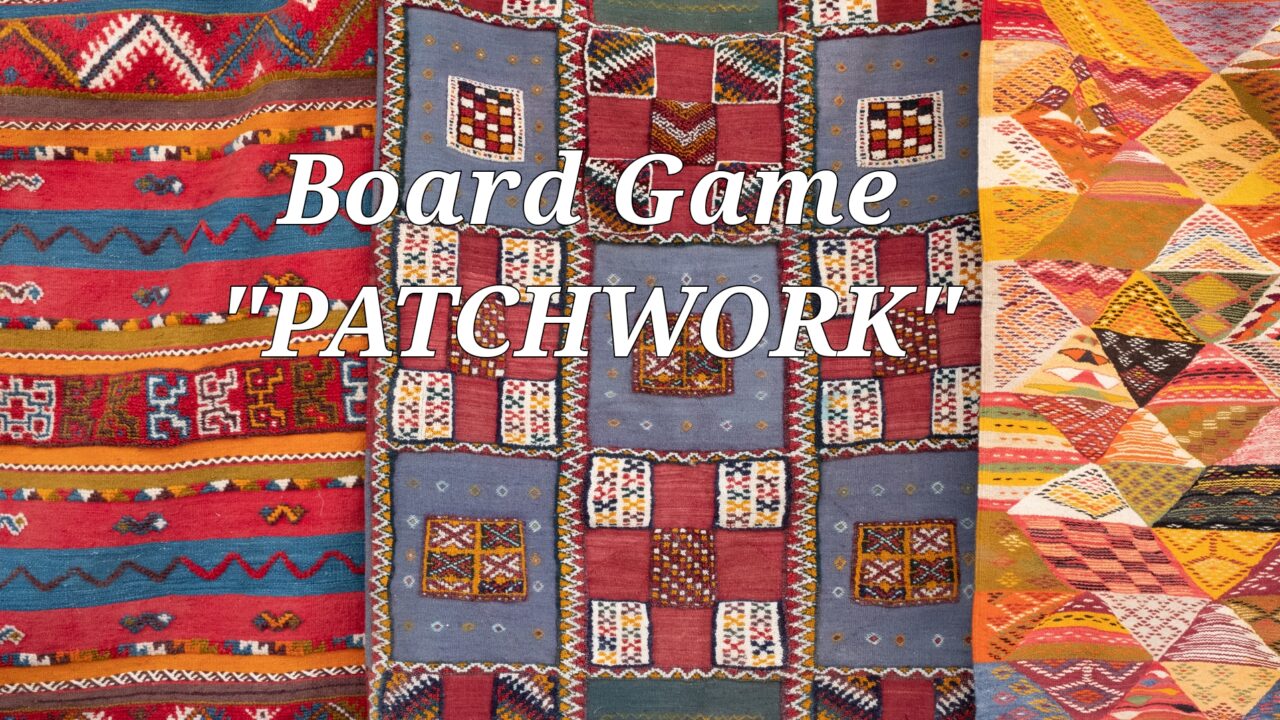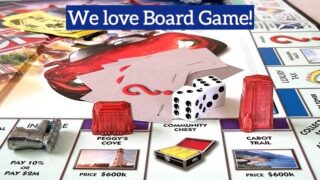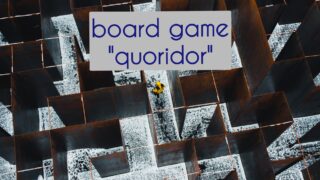This is an introduction to the board game “Patchwork,” a game that can only be played by two people, and is designed to be played by two people. If you are considering buying a board game for two people, such as a couple or a couple without children, please refer to this article.
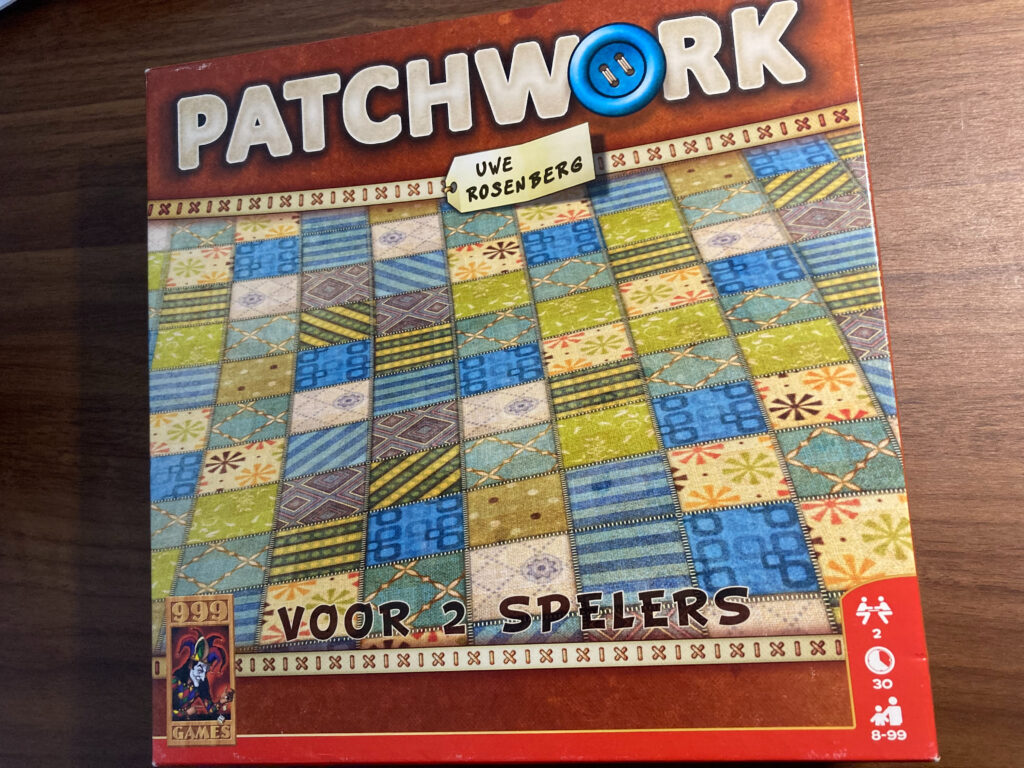
Basic information
Concept and Goal
The goal of each player is to place (sew) various shaped pieces of fabric (patch tiles) on a base quilt board to create a well-formed and magnificent patchwork quilt with limited “time” and “money”.
“The “time board” is used for the flow of time. You start the game by placing a frame on the outermost square of the spiral, and when your frame reaches the center square, time runs out and the game ends. The passage of time is basically caused by sewing the patch tiles.
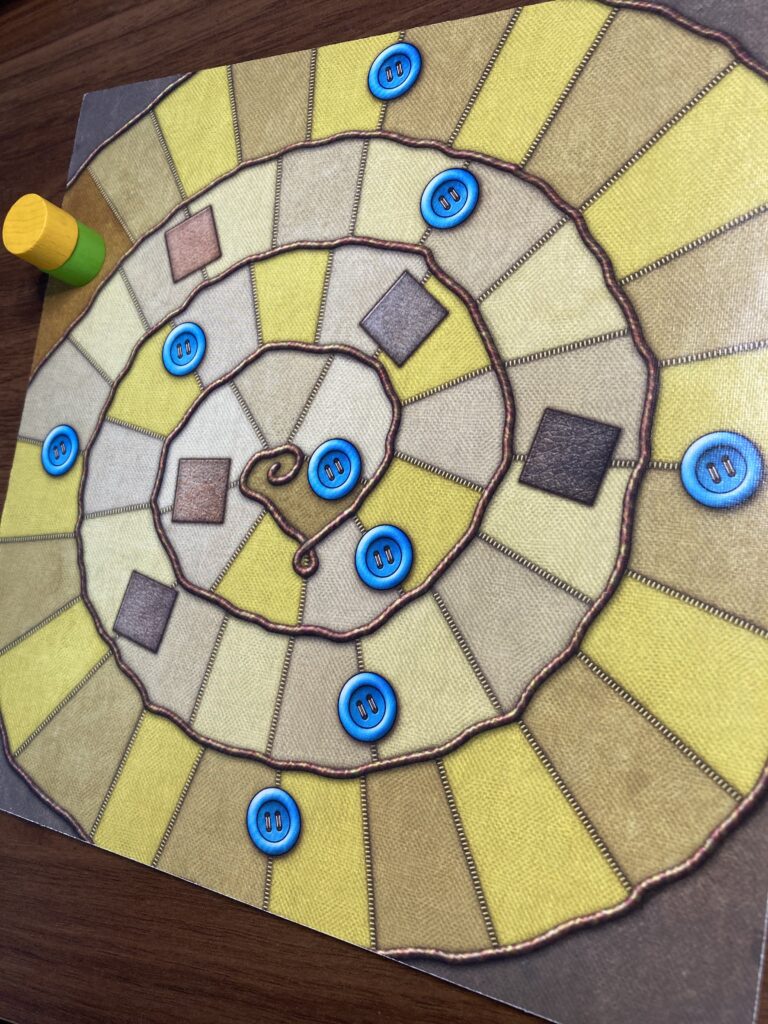
Patch tiles must be purchased with “money”. In the game, you buy patch tiles by using “buttons” as money.
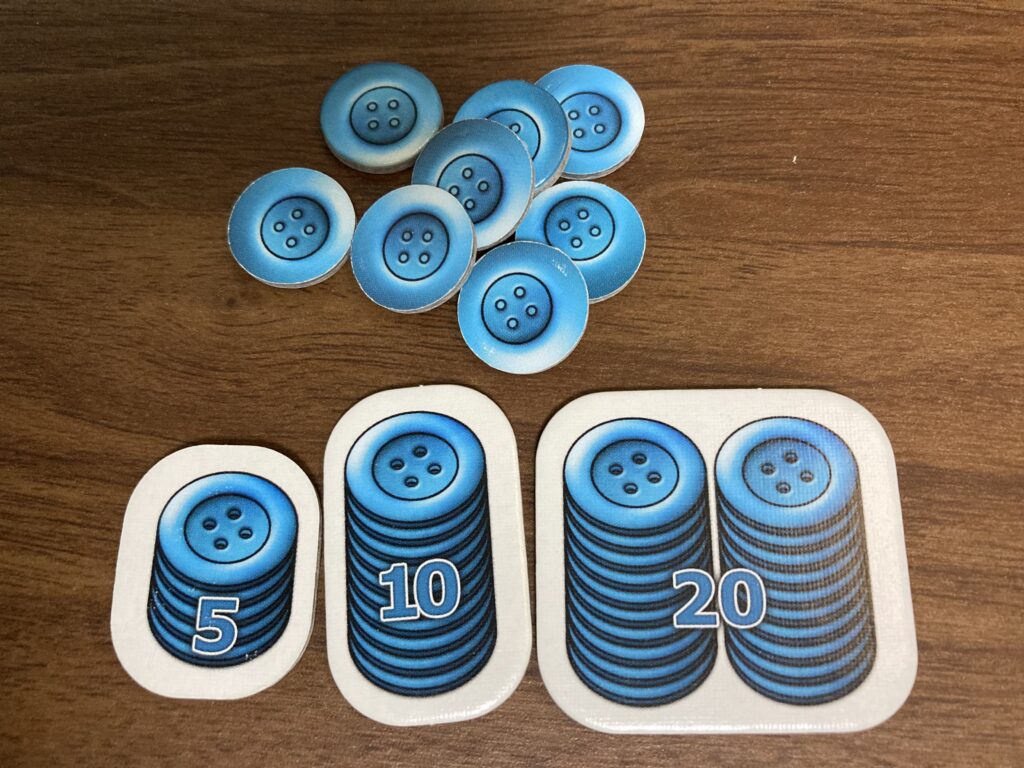
Game Winners
The winner is the one who has the most buttons (money) in the end.
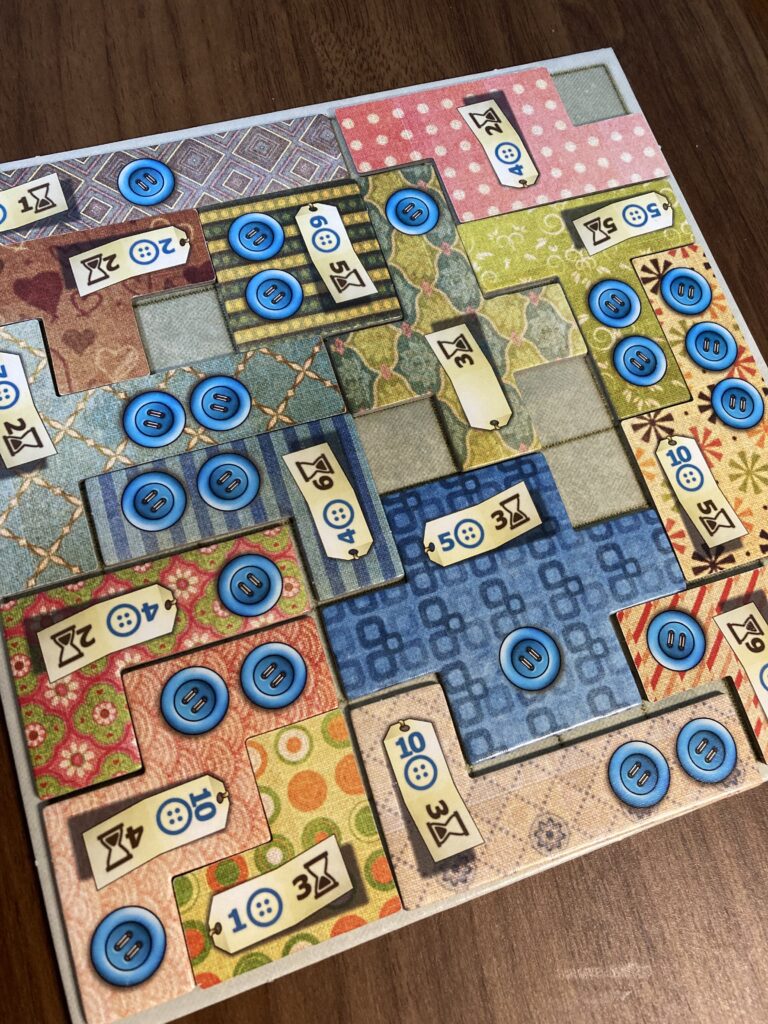
When you hear this, you may think, “Wouldn’t it be better to save the buttons (money) instead of buying patch tiles? But this is not the case.
At the end of the game, the button (money) is negative depending on the number of empty squares on the quilt board that are not covered by patch tiles.
The only way to win is to spread as many patch tiles as possible on the quilt board.
Number of players: 2 players only
Recommended for couples and couples without children (children do not participate in the game).
Time required: 30 minutes
Please feel free to have a cup of tea or a drink.
Flow of the game
All you have to do is repeat one of the following two actions
a) Buy patch tiles and place them on the quilt board.
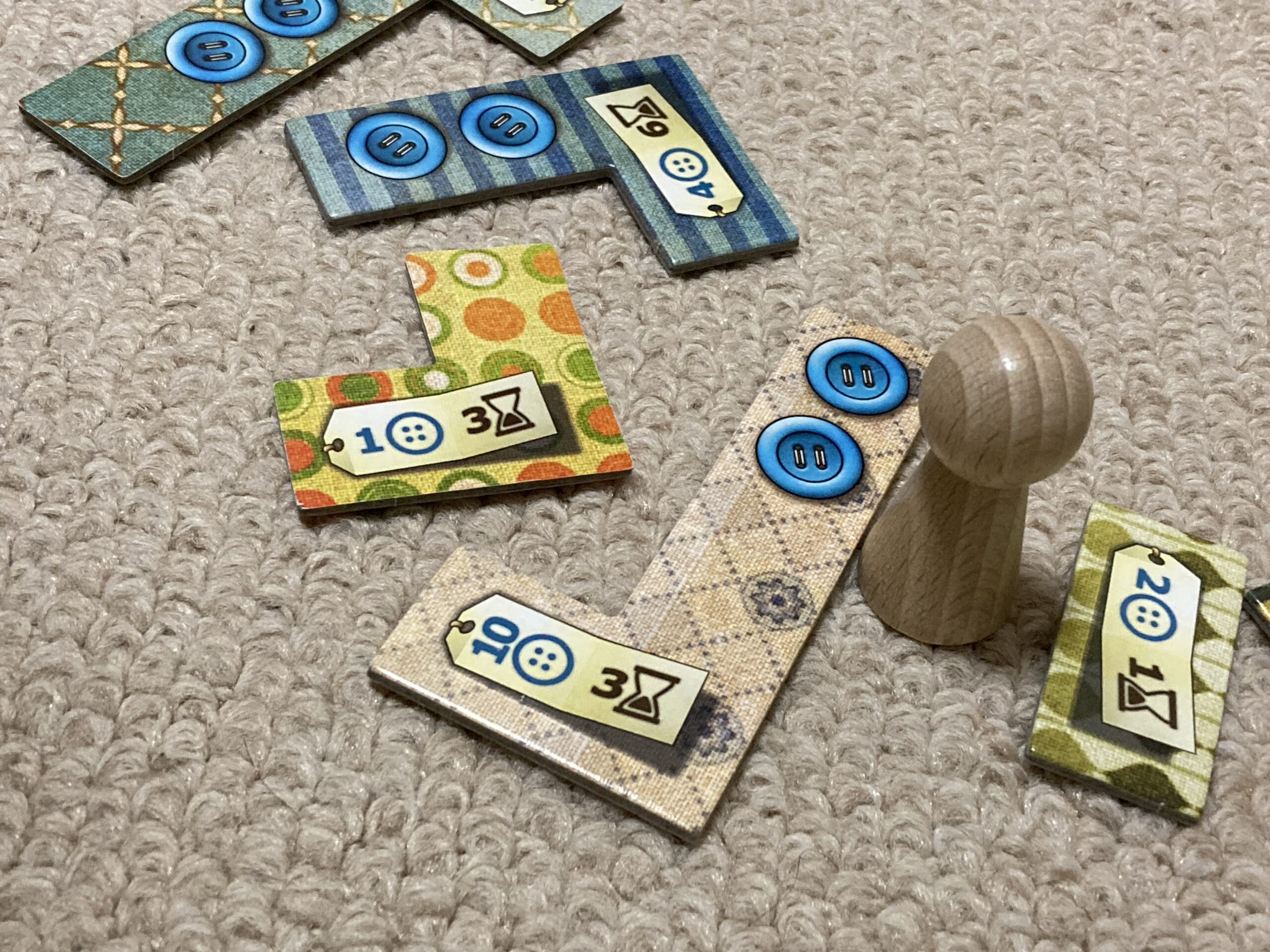 (1) Select the patch tile.
(1) Select the patch tile.
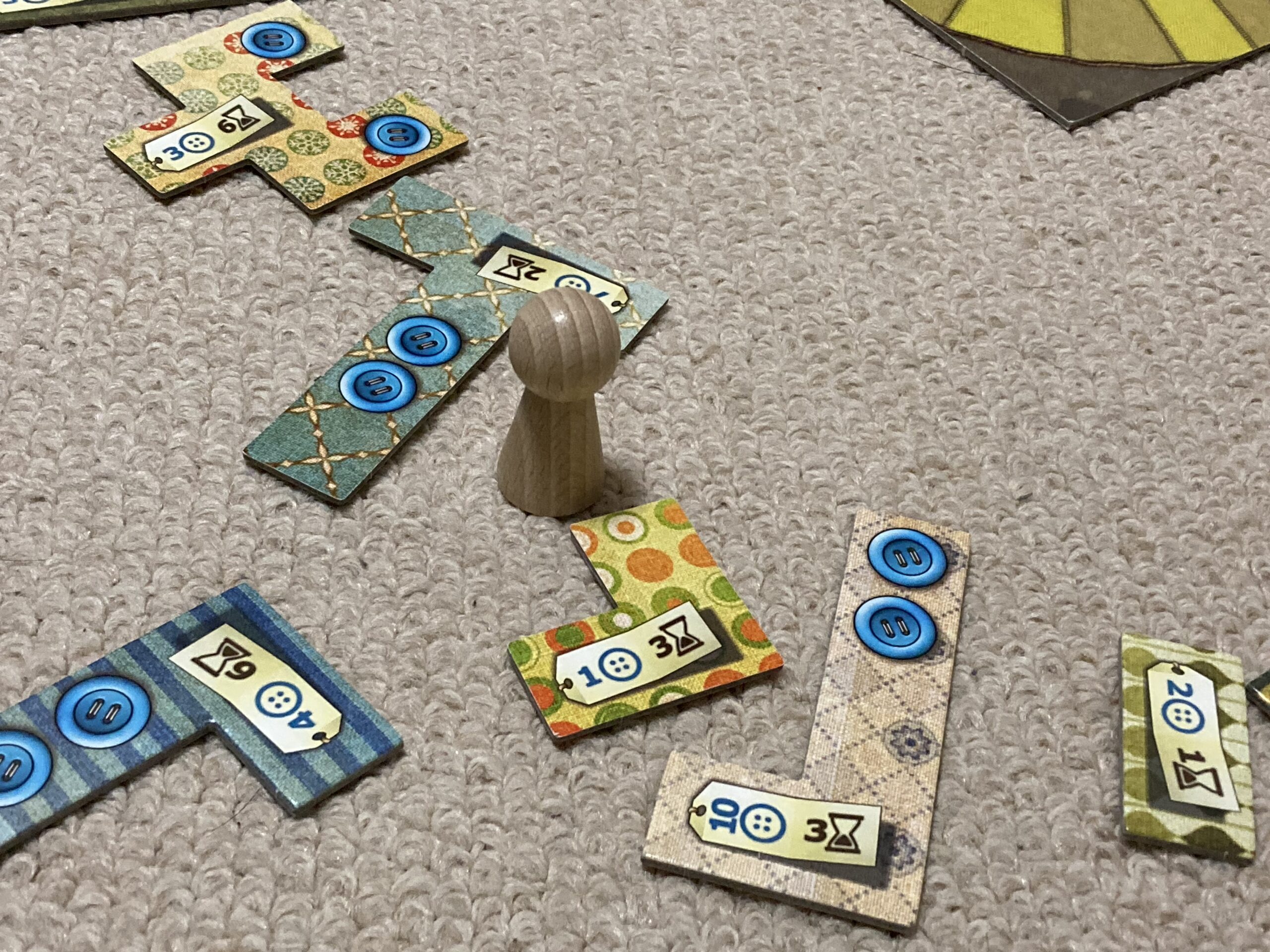 (2) Move the center frame to the location of the selected patch tile.
(2) Move the center frame to the location of the selected patch tile.
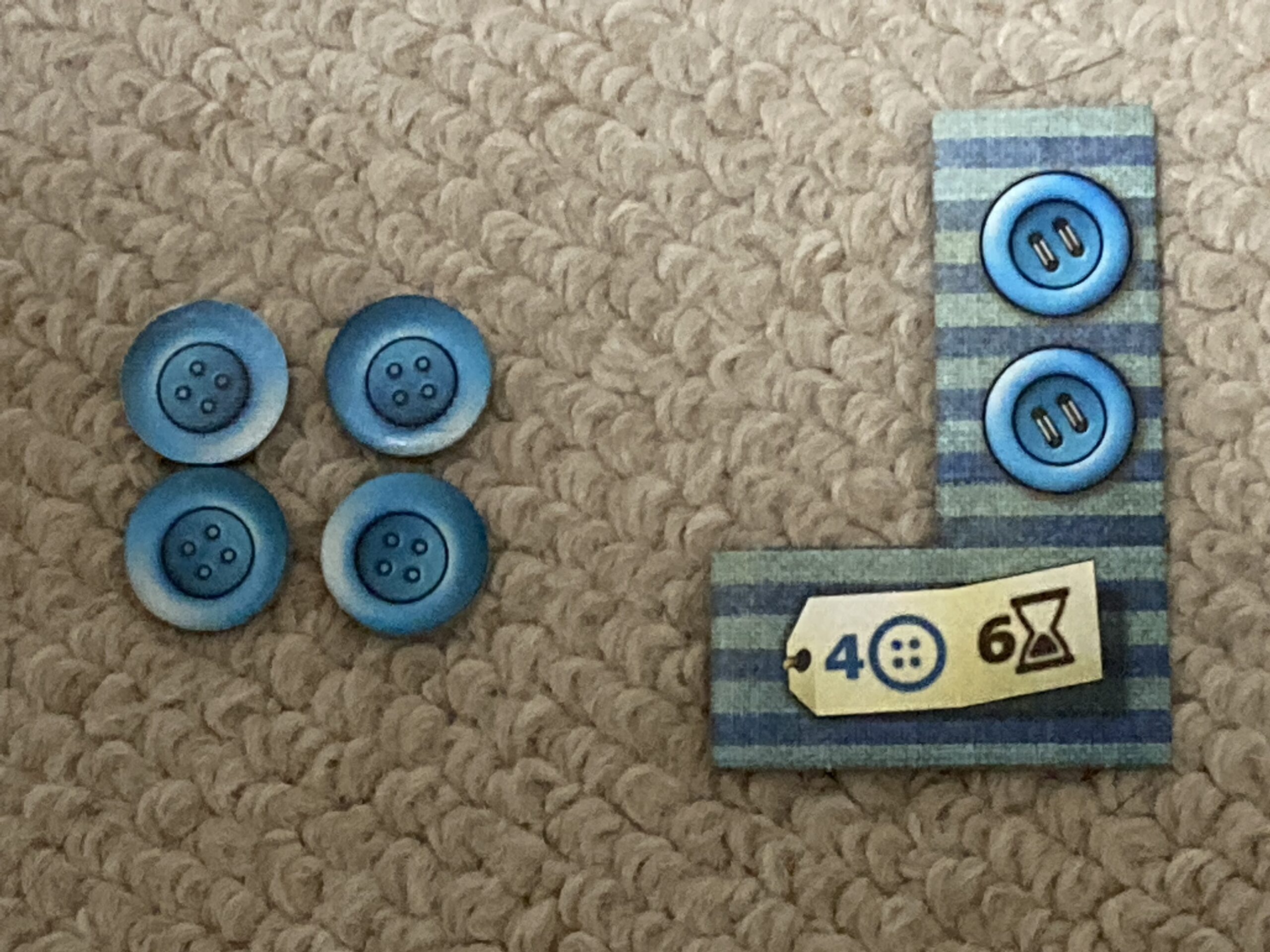 (3) Pay button (money)
(3) Pay button (money)
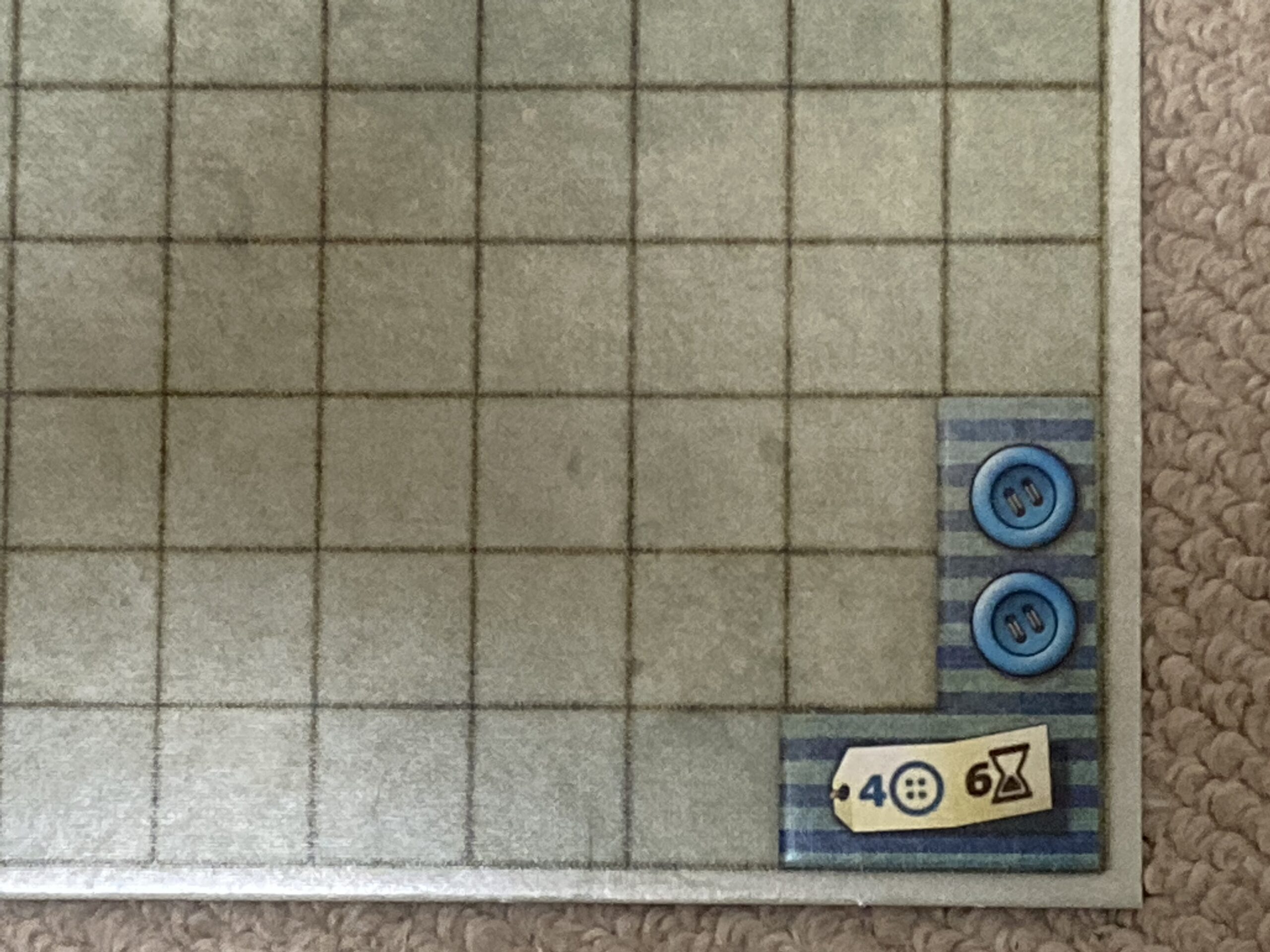 (4) Place the selected patch tiles on the quilt board.
(4) Place the selected patch tiles on the quilt board.
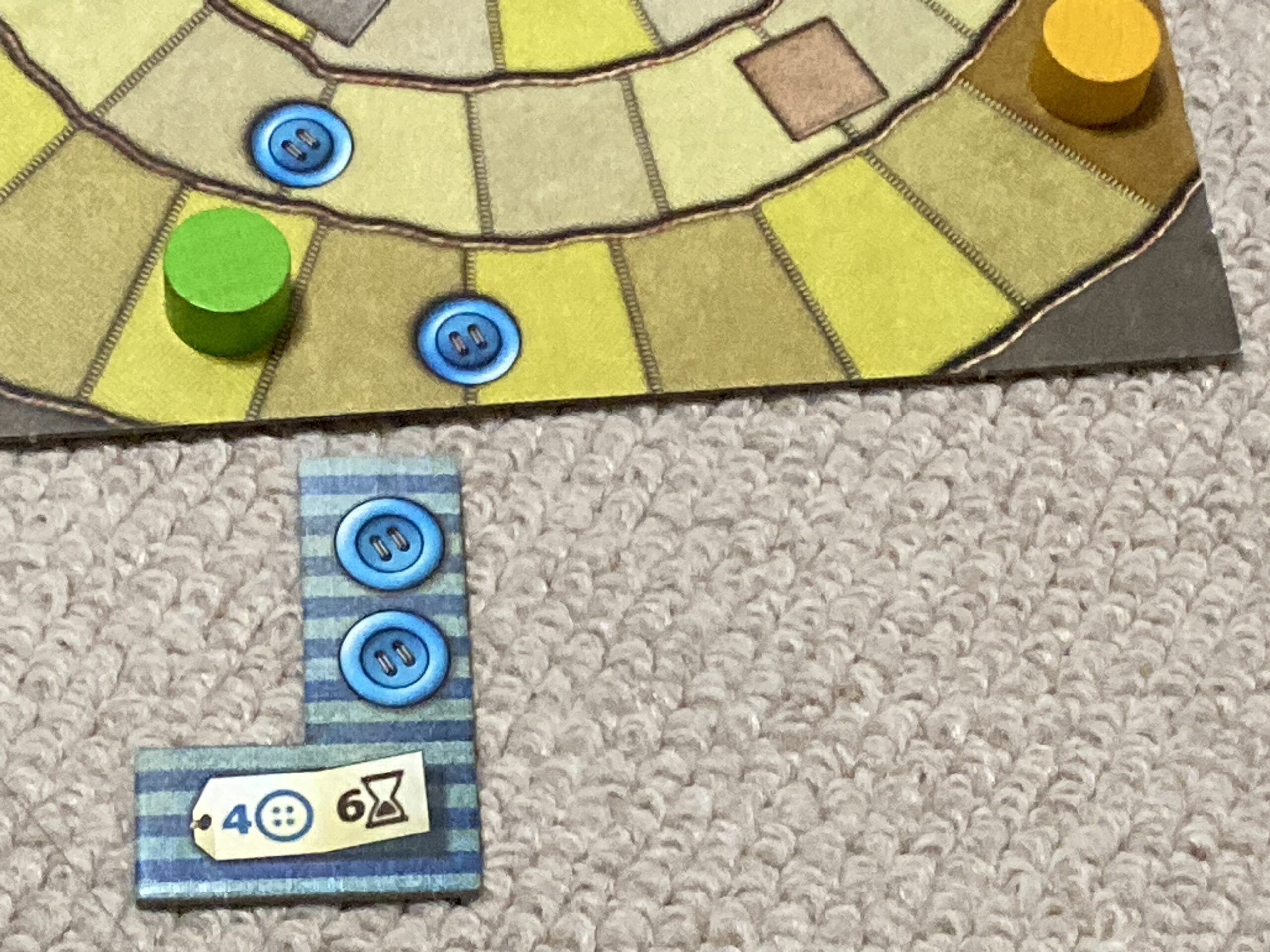 (5) Advance time according to the patch tile you choose.
(5) Advance time according to the patch tile you choose.
There are five processes described above, but you only have to make two decisions: (1) choose a tile and (4) place a tile.
b) Advance the time tiles to earn buttons (money).
Basically, you choose process a), but only when you can’t buy patch tiles (no buttons (money), no tiles to place), or when you can buy patch tiles but don’t want to buy them strategically (you want your opponent to buy them, or you want more buttons), you choose process b).
Conclusion: Best choice as a board game for just the two of us to relax and enjoy over and over again!
I recommend it to those who don’t want to play strategy-only games and are looking for a game that can be enjoyed only by two people.
Recommendations
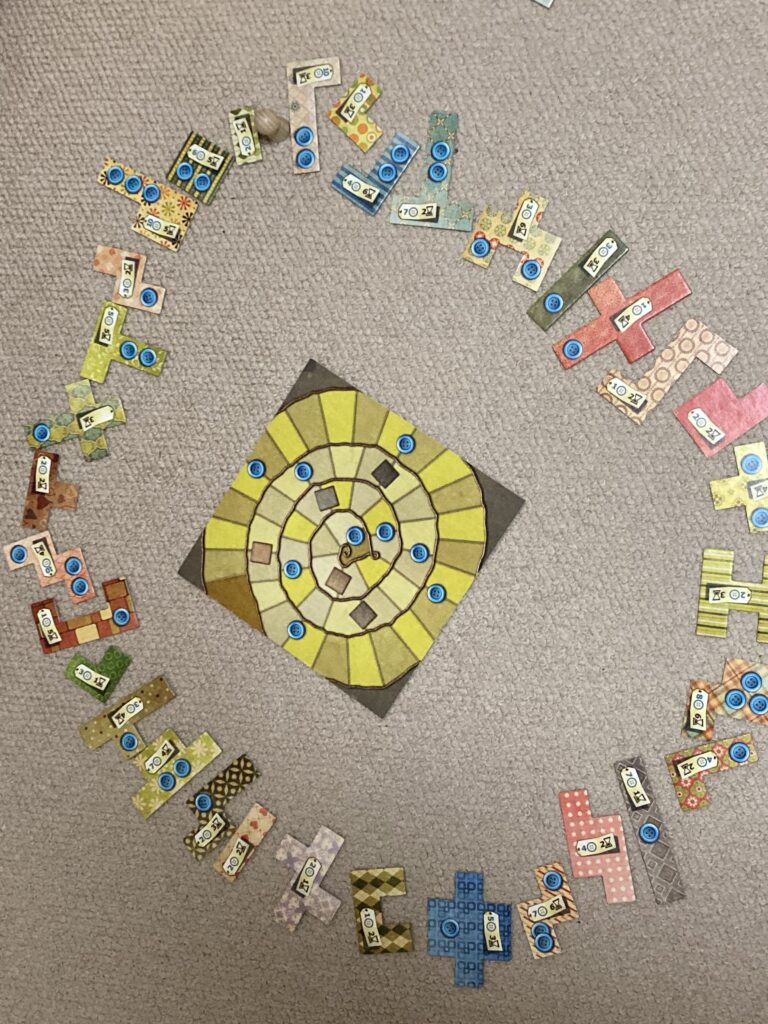
A worldview that is easy to immerse yourself in
Patchwork may not be something you do in your daily life, but it is a subject that everyone can relate to. The process of “buying and placing patch tiles” and the actions players take in the game are also very natural, making it easy to immerse yourself in the game.
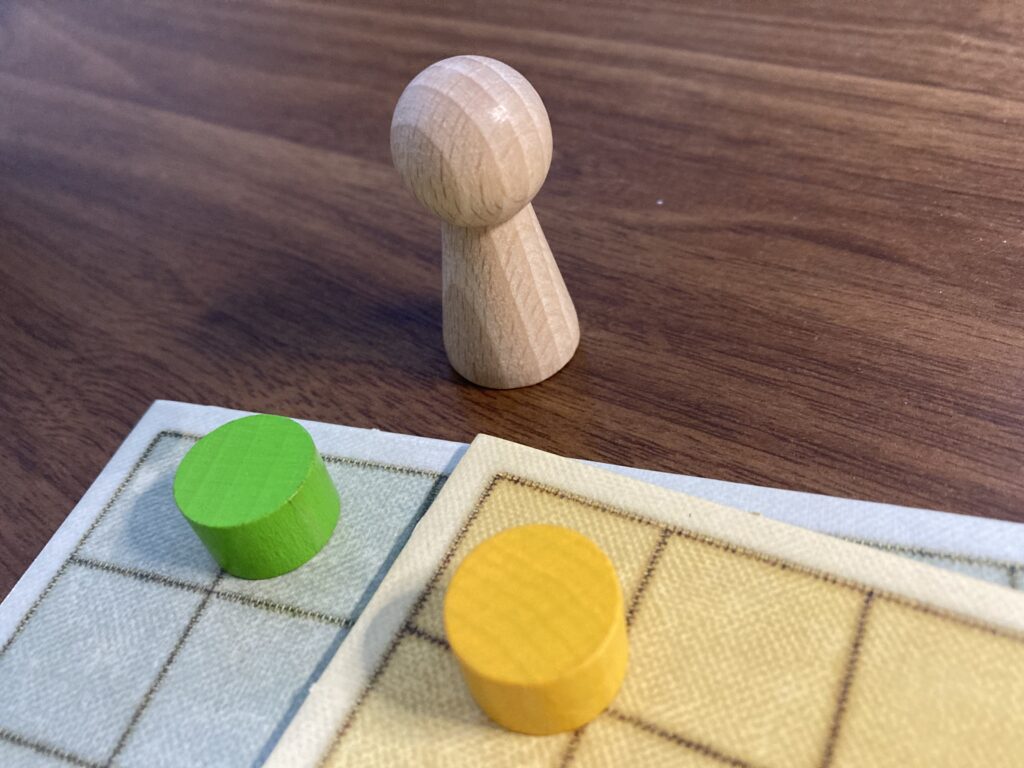
Balance between luck and strategy
Many two-player games, such as Shogi, Chess, and Othello, have no luck element and only strategy. However, Patchwork, despite being a board game for two players only, is a game with a very good balance of luck and strategy.
To prepare for the game, 33 patch tiles are “randomly” arranged in a circle around the time board, and this changes the way the game unfolds. This changes the course of the game, as the player can only choose (buy) from the third tile clockwise from the central frame. This rule is a nice touch that makes the game more exciting.
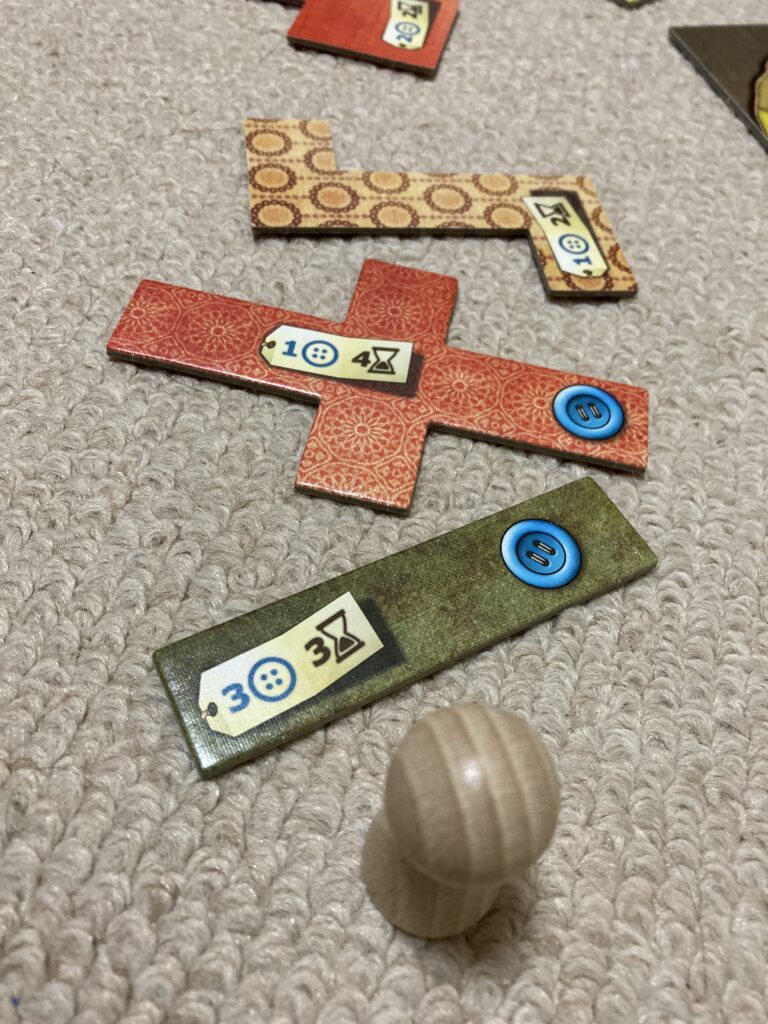
Simple game flow.
As already mentioned, there is not much the player can do. Basically, all you have to do is select and place tiles. There are also countless possible tile placement patterns, but considering the goal of filling the quilt board, there are not many options, and even beginners can get into the game smoothly.
